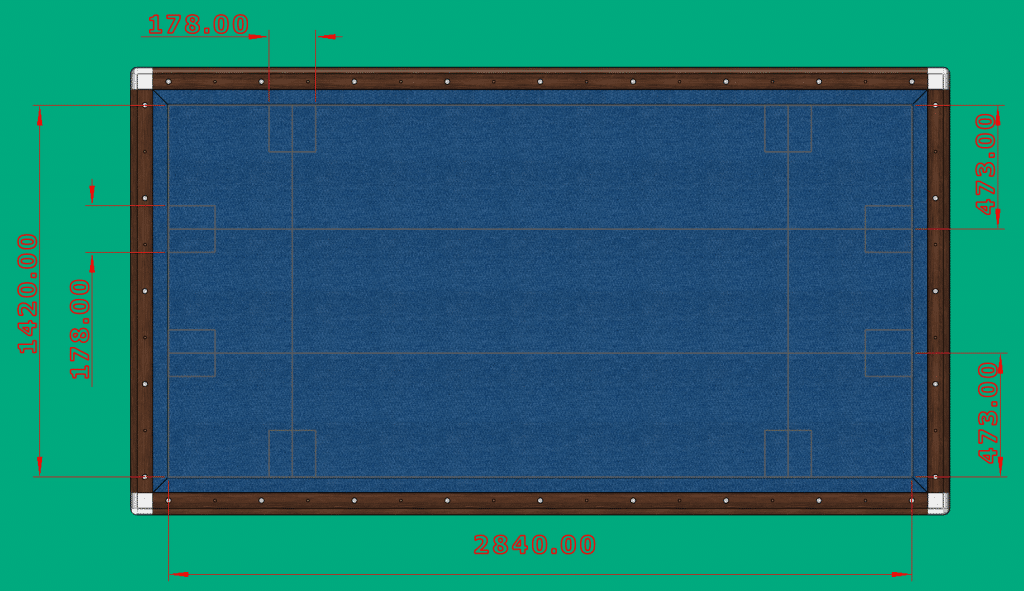Frederic Caudron Cadre 47/1 Billiards Balkline
Carom billiards disciplines cadre 47/1
At the billiards table:
1) 6 regions
2) 6 anker are created and there
3) Carom corner rule is applied.
a) It doesn’t matter where the cue ball is
b) When the shot ball and the arrival ball are gathered in the same zone, at least one of each shot must cross to another zone.
It is also called the French series.

Balkline
Balkline GuyThe game known in Europe as Cadre has several variations
As in other carom games, America uses different terminology than in other parts of the worlld. We call it “balkline.” The rest of the world calls it “cadre.” Balkline games developed because players were too good at the championship game a form of straight rail where a triangular zone in the corners limited the number of points that one was permitted to make before moving the balls out of the zone. In balkline, the table is divided into either six or nine cadres (or zones) by drawing lines parallel to the long and short rails. The number of points a player can make while the two object balls are in the cadres is limited. See the different styles in the diagrams included here.
There are currently two cadre games, each with two variations. These are typically written: 47/1, 47/2, 71/1 and 71/2. The first number is the distance of the balkline from the rails in centimeters. The second number signifies the number of points that can be made with the two object balls in the cadre before one of the object balls must be driven out. In 47.1, for instance, the player must drive one of the object balls out of a cadre with the first point. Failure to do so ends the player’s inning. In 47.2, the player may make a point when both balls are in the cadre but must drive one object ball out before making the second point. (An object ball driven out of balk that returns will reset a new count limitation.)
In 71.1 and 71.2, the table is divided into six cadres. The games of 47/1 and 71/1 are generally considered harder than 47/2 and 71/2 because the player does not have the luxury of a set up shot before making the drive of an object ball out of balk. In America, you may sometimes hear players mention 18.1 or 18.2 balkline or even 28.1 or 28.2 balkline. These are equivalent to the European games, with the measurements expressed in inches rather than centimeters. (There are also some minor differences between the old American games and the current modern games, both in measurement and play.)
In today’s tournament games, in addition to the balklines creating the cadres, there are also “anchor boxes” drawn on the table where the balklines meet the cushion. The anchor boxes limit the number of points that can be made within the anchor boxes. Without such a limitation, a good player would maneuver the balls where one object ball was in one box and the other was in the adjacent box and would score endlessly by keeping the balls in that basic position.
For the room player, however, the anchor boxes are not necessary. If anyone is inclined to play balkline, drawing the balklines without the anchor boxes will suffice. The lines can be drawn with tailor’s chalk, which is really more a white wax, and a straight ruler.
Source: USBA












